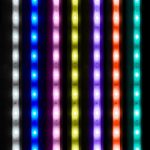5 Genius Ways to Conceal LED Light Strips on Your Ceiling
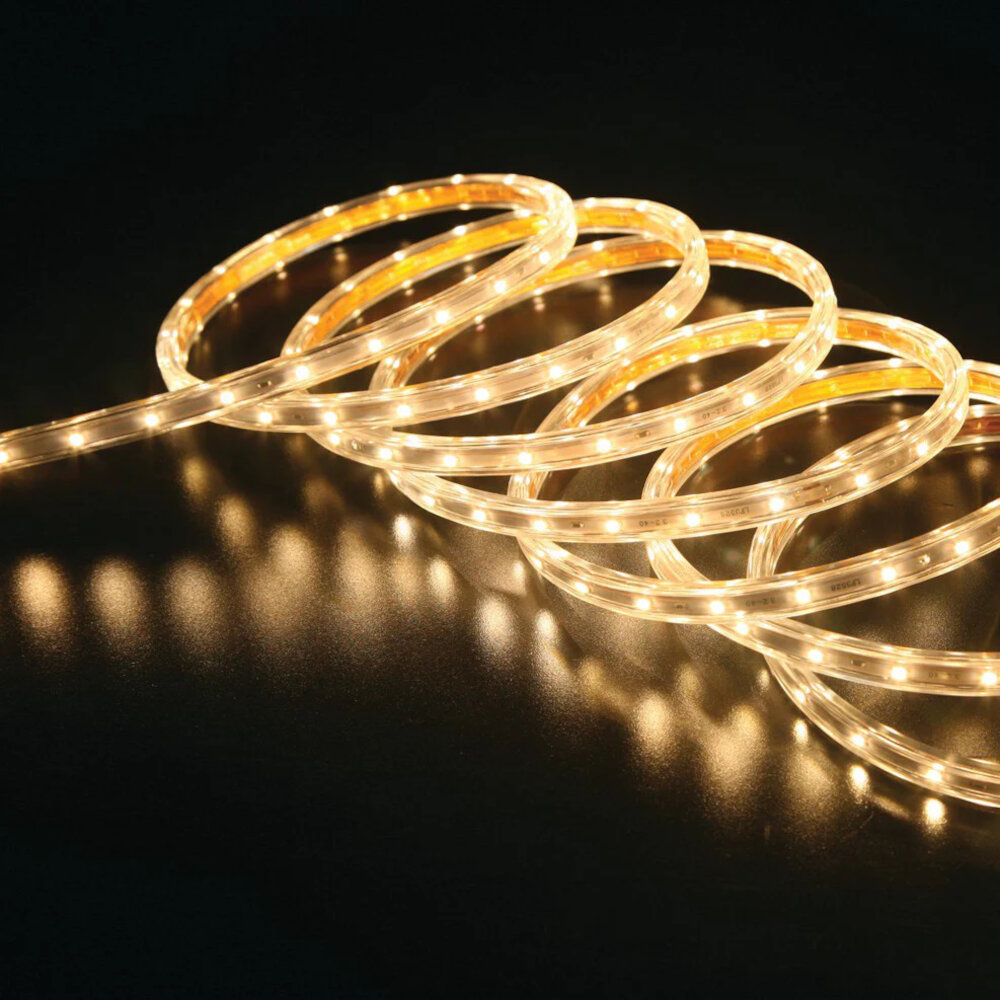
LED light strips are a versatile and cost-effective way to add ambiance and illumination to any space. However, one of the challenges of using LED light strips is finding creative and attractive ways to conceal them. Fortunately, there are many genius ways to conceal LED light strips on your ceiling that are easy to implement and can dramatically enhance the look of your space. From using crown molding to creating recessed lighting, there are many creative ways to conceal LED light strips on your ceiling. Whether you’re looking to create a dramatic focal point or simply add a subtle touch of light, the possibilities are virtually endless. By exploring some of the most innovative and effective ways to conceal LED light strips, you can transform your space and create a truly unique and customized look that you’ll love.
The popularity of LED light strips on ceilings can be attributed to their versatility and ability to create a warm and inviting ambiance. These strips are easy to install and can be concealed in various ways to create a clean and minimalist look. LED light strips can be used to highlight architectural features such as crown molding or to create a dramatic effect by illuminating artwork or accent walls. Additionally, LED light strips are energy-efficient and have a longer lifespan compared to traditional lighting options, making them a cost-effective choice for homeowners. With their ability to transform any space, it’s no wonder that LED light strips are becoming an increasingly popular lighting option for modern homes.
Concealing LED light strips on your ceiling is crucial to achieve a seamless look that blends with your interior design. Visible LED strips may look unattractive and disrupt the overall aesthetic of the room. Additionally, exposed wires and fixtures can also pose a safety hazard. By concealing LED light strips, you can create a cohesive and polished look that elevates your space. Furthermore, concealing LED strips can also help to diffuse the light and create a softer, more ambient lighting effect. Overall, taking the time to conceal LED strips is a small but impactful detail that can make a significant difference in the look and feel of your home.
Crown molding
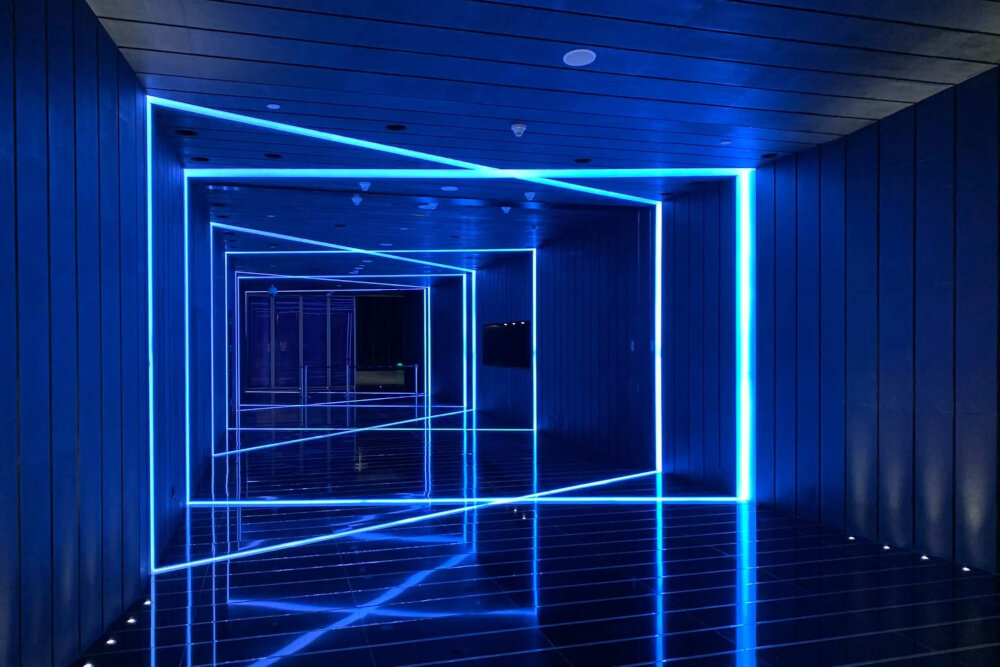
Crown molding is an elegant and timeless architectural feature that can add depth and character to any room. It’s a decorative trim installed at the intersection of the ceiling and walls, and it can be made from a variety of materials such as wood, plaster, or polyurethane. Crown molding can be simple or ornate, depending on the style of the room. It can also be painted or stained to match the color of the walls or ceiling. One of the benefits of crown molding is that it can help to conceal LED light strips, which are becoming increasingly popular for their energy efficiency and versatility. If you’re looking to add a touch of sophistication to your home, consider installing crown molding. It can transform a plain and boring room into a stunning and stylish space. Not only does it add visual interest to the ceiling, but it also creates a smooth transition from the wall to the ceiling. Crown molding can also increase the value of your home, as it’s a highly sought-after feature among homebuyers. Additionally, it can serve as a functional element by hiding wires or cables that may be running along the ceiling. With its versatility and beauty, crown molding is a smart investment for any homeowner looking to elevate their home décor.
Crown molding is an elegant and practical solution for concealing LED light strips on your ceiling. It is a decorative trim that is installed where the walls meet the ceiling, creating a seamless transition between the two. By placing LED light strips behind crown molding, the lighting is diffused and creates a soft, ambient glow. Crown molding can also be used to hide unsightly wires and cables, creating a cleaner and more polished look. With a variety of sizes and styles available, crown molding can be customized to fit any room decor and provide an effortless way to add a touch of sophistication to any space.
Crown molding is an excellent way to add a touch of elegance and sophistication to any room. There are several types of crown molding available, each with its own unique style and characteristics. Traditional crown molding features a curved profile and is often used in homes with a classic or traditional design. Colonial crown molding has a simpler profile with a slight curve and is often used in homes with a more rustic or country-style design. Contemporary crown molding features a straight profile and is often used in modern homes with a minimalist design. Dentil crown molding features a row of small, tooth-like projections and is often used in homes with a more ornate or detailed design. No matter what style of crown molding you choose, it can be an excellent way to add a touch of sophistication and style to your home.
When it comes to installing LED light strips on your ceiling, there are a few tips to keep in mind to ensure a successful and seamless installation. First, make sure to clean the surface where you will be attaching the strips to ensure they adhere properly. Additionally, measure the length of your ceiling to determine how much strip lighting you will need. It’s also a good idea to plan out the placement of the strips beforehand so you can create a cohesive and visually appealing design. Finally, consider using a mounting channel or diffuser to conceal the strips and create a more polished look. By following these tips, you can create a stunning and functional lighting design that enhances the ambiance of any room.
Cove lighting
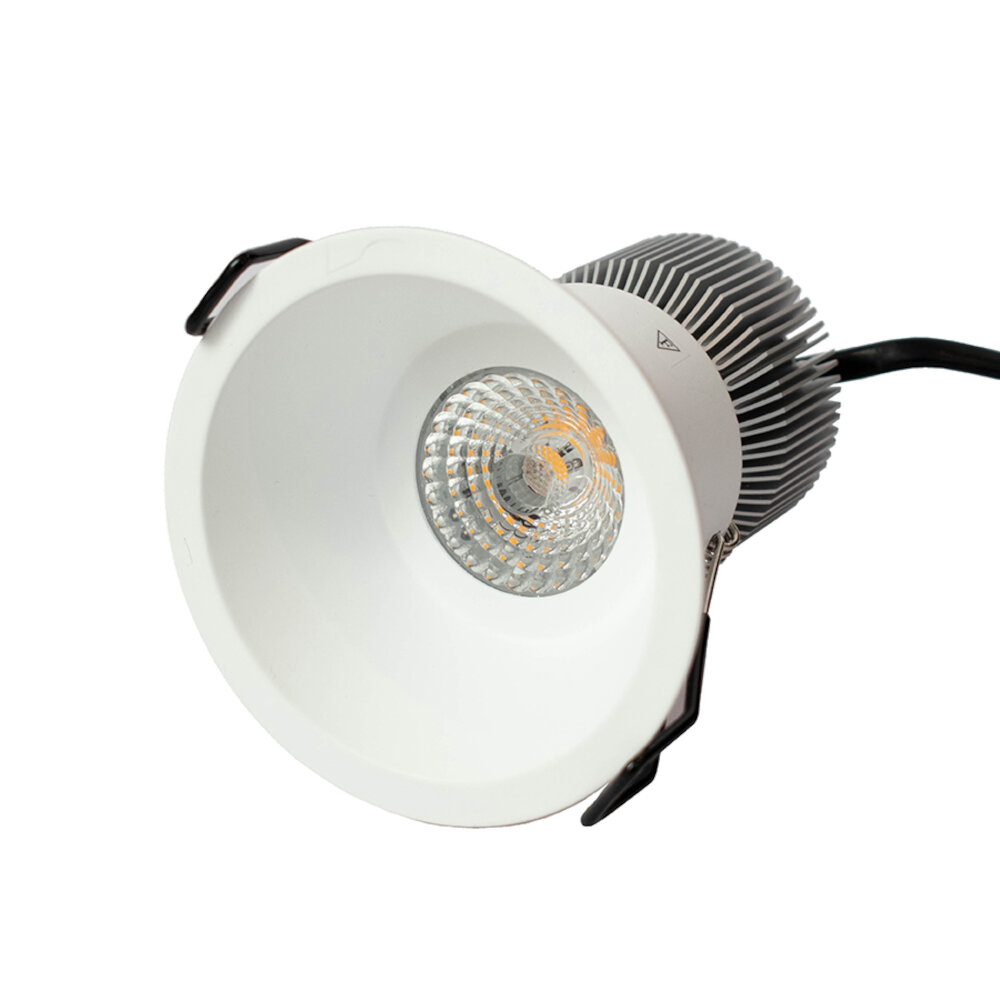
Cove lighting is a popular way to enhance the overall ambiance of a room and create a cozy, inviting atmosphere. This technique involves installing LED light strips in a recessed area or \cove\ along the ceiling, which then casts a soft, indirect light onto the walls and ceiling. The result is a warm and inviting glow that can transform the entire feel of a space. Cove lighting is also a great way to add depth and dimension to a room, as the interplay between light and shadow creates visual interest and a sense of movement. One of the great advantages of cove lighting is its versatility. Whether you’re looking to create a dramatic, high-contrast effect or a more subtle, understated glow, cove lighting can be customized to suit your needs. You can choose from a variety of LED light strips in different colors and intensities, and adjust the placement of the strips to achieve the desired effect. Additionally, cove lighting can be used in a range of settings, from living rooms and bedrooms to kitchens and bathrooms. Whether you’re looking to add a touch of elegance to a formal dining room or create a relaxing spa-like environment in your bathroom, cove lighting is a great option to consider.
Cove lighting is a type of indirect lighting that is installed in a recessed area, typically located near the ceiling. It is used to create a soft and subtle illumination that enhances the aesthetic appeal of the space. Cove lighting is an excellent way to conceal LED light strips because it hides the actual light source and creates a beautiful, diffused glow. By placing the LED light strips in the recessed area, the light is bounced off the ceiling and walls, creating a warm and inviting ambiance. Cove lighting is ideal for creating a cozy atmosphere in bedrooms, living rooms, and dining rooms, and it can also be used in commercial settings such as restaurants and hotels to create a sophisticated and elegant look.
Cove lighting is a popular lighting technique that involves installing light fixtures in a recessed area, such as a ceiling or wall, to create a subtle, indirect illumination. There are several types of cove lighting available, including direct view coves, indirect view coves, and grazing coves. Direct view coves are typically installed on the top of the cove, facing downward, and provide a direct beam of light. Indirect view coves, on the other hand, are installed on the side of the cove and reflect the light off the surface to create a soft, diffuse glow. Grazing coves are installed at an angle along the surface of the cove to create a dramatic effect by highlighting the texture and depth of the surface. Each type of cove lighting has a unique effect and can be used to create different moods and atmospheres in a room.
When it comes to the installation of LED light strips on your ceiling, there are a few tips that can make the process much smoother. First, it is important to measure the area where you want to install the lights and plan the layout accordingly. Secondly, using adhesive strips or clips can help to secure the lights in place and prevent them from falling off. Additionally, it is important to ensure that the power source is properly connected and that any excess wiring is hidden to maintain a clean and professional look. Finally, taking the time to test the lights and make any necessary adjustments before completing the installation can ensure that everything looks and functions as intended. By following these tips, you can easily install LED light strips on your ceiling in a way that is both functional and aesthetically pleasing.
Recessed lighting
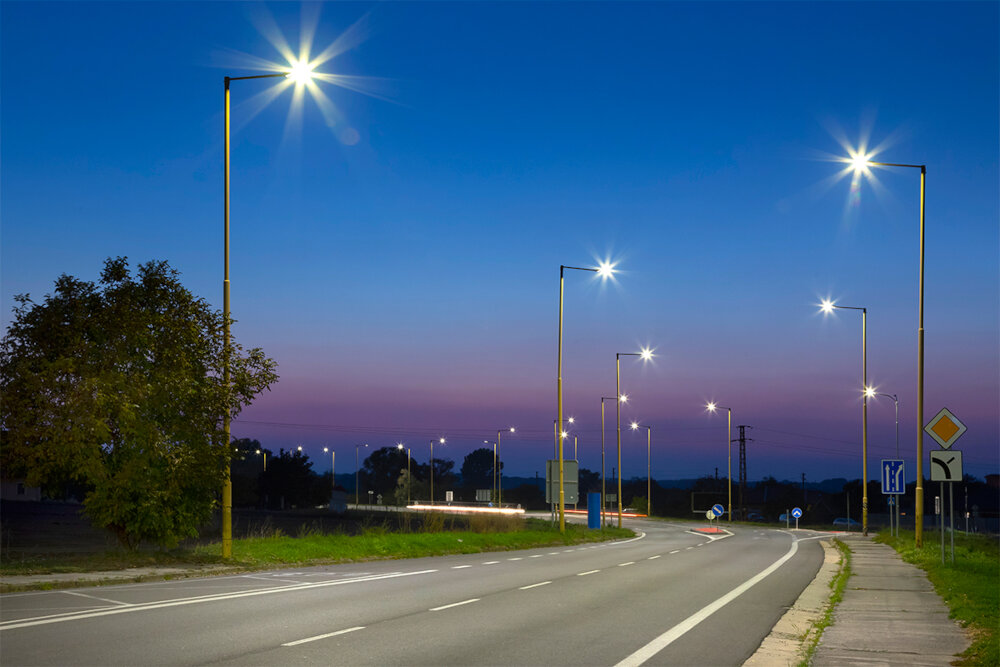
Recessed lighting is a popular choice for homeowners who want a sleek and modern look for their home. These lights are installed into the ceiling, creating a clean and unobtrusive appearance. They can be used in a variety of rooms, including kitchens, living rooms, bedrooms, and bathrooms. Recessed lighting is also an excellent way to highlight artwork or architectural features in your home. These lights come in a range of sizes and colors, making it easy to find the perfect match for your home’s décor. One of the biggest advantages of recessed lighting is that it provides a lot of light without taking up valuable space in a room. This is especially important in smaller rooms where you need to maximize every inch of space. Recessed lighting can also be used to create a mood or ambiance in a room. For example, you can use dimmer switches to adjust the level of light in a room, allowing you to create a cozy and intimate atmosphere. Additionally, recessed lighting is energy-efficient, which can help you save money on your energy bills over time. Overall, if you’re looking for a modern and practical lighting solution for your home, recessed lighting is an excellent choice.
Recessed lighting is a clever way to hide LED light strips on your ceiling, providing a clean and seamless look to your lighting design. By installing LED light strips in the recessed areas of your ceiling, you can create a soft and indirect lighting effect that illuminates your space without drawing attention to the light source itself. This technique is particularly useful in spaces where you want to highlight specific areas, such as artwork or architectural details, without the distraction of visible light fixtures. Additionally, recessed lighting can be customized to fit the unique dimensions of your space, making it a versatile solution for any design style. Overall, using recessed lighting to conceal LED light strips is a smart and effective way to enhance the ambiance of your home or business.
Recessed lighting is a popular lighting option that is installed flush with the ceiling, providing a clean and streamlined look. There are different types of recessed lighting available, including fixed, adjustable, and wall-wash. Fixed recessed lighting is the most common type and is designed to provide general illumination. Adjustable recessed lighting allows you to direct the light in a specific direction, making it ideal for highlighting artwork or creating a focal point in a room. Wall-wash recessed lighting is designed to provide a smooth and even wash of light across a wall, creating a dramatic effect. Additionally, there are different sizes and shapes of recessed lighting available, allowing you to choose the perfect option for your space.
Proper installation is crucial when it comes to concealing LED light strips on your ceiling. Firstly, clean the surface of your ceiling thoroughly to ensure that the adhesive tape can stick properly. Secondly, measure the length of the LED light strip and cut it accordingly. Make sure to cut it at the designated cut marks only. Thirdly, connect the LED light strip to a power source or controller following the manufacturer’s instructions. Lastly, carefully peel off the adhesive backing and stick the LED light strip to the ceiling. For added security, use mounting clips or brackets to hold the strip in place. With these tips, you can achieve a seamless and professional-looking installation of LED light strips on your ceiling.
Drywall channels
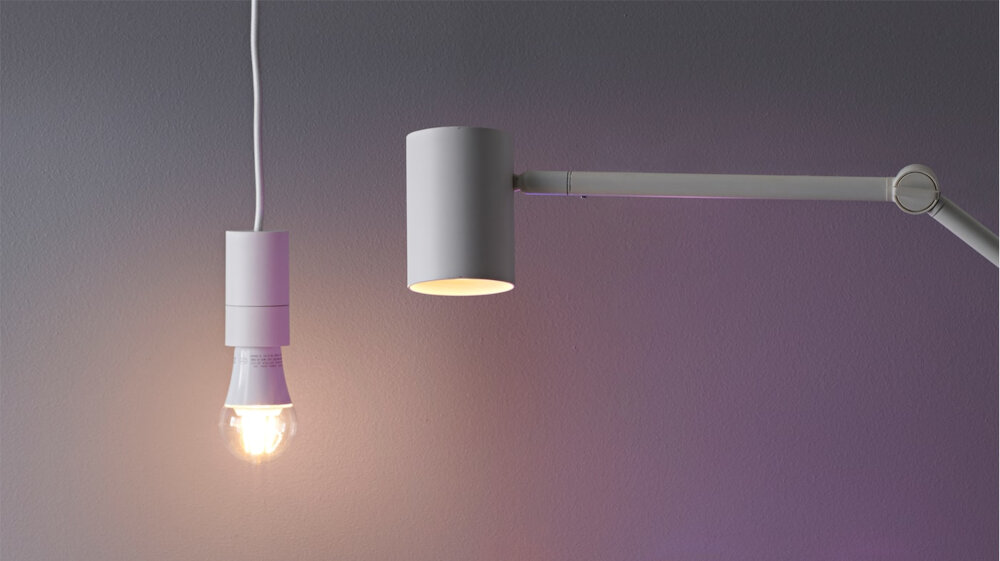
Drywall channels, also known as drywall furring channels, are an essential component when trying to conceal LED light strips on your ceiling. These channels are created from metal or vinyl and work to support the weight of the drywall while also creating an air gap between the ceiling and the drywall. This space allows for proper ventilation and ensures that any wires or electrical components are safely tucked away. Drywall channels can also be used to create a suspended ceiling, which is perfect for concealing LED light strips. When it comes to hiding LED light strips, drywall channels are an excellent option because they allow you to create a clean and polished look. By using the channels to create a suspended ceiling, you can easily install your LED light strips without worrying about unsightly wires or cables. Additionally, drywall channels are incredibly versatile and can be used in a variety of different ways. For example, you can use them to create a recessed ceiling, which allows you to install your LED light strips flush with the ceiling. Alternatively, you can use them to create a coffered ceiling, which adds depth and dimension to your space while also concealing your LED light strips. Overall, drywall channels are an excellent option for anyone looking to create a seamless and professional-looking ceiling.
Drywall channels can be a clever solution to hide LED light strips on your ceiling. These channels are essentially metal or plastic tracks that can be installed into the drywall or ceiling joists, creating a recessed groove where the LED strip can be concealed. This method not only provides a sleek and modern look, but it also protects the LED strip from dust, damage, and accidental bumps. Additionally, drywall channels allow you to adjust the placement of the LED strip and change the direction of the light beam. With careful planning and installation, drywall channels can be an elegant and practical way to create a hidden lighting feature in any room.
When it comes to concealing LED light strips on your ceiling, drywall channels are an excellent solution. There are different types of drywall channels available, including J-channels, L-channels, and F-channels. J-channels are shaped like the letter \J\ and are ideal for vertical installations. L-channels, on the other hand, are shaped like the letter \L\ and are perfect for horizontal installations. F-channels, also known as ceiling tile grid clips, are designed to fit onto the exposed T-bars of a drop ceiling. They provide a sturdy platform for mounting LED light strips and are easy to install. By using drywall channels, you can easily conceal your LED light strips and create a sleek and modern look for your ceiling.
Installing LED light strips on your ceiling can be a great way to add some ambiance and style to your space. However, proper installation is key to ensuring that your lighting looks its best. Here are a few tips to keep in mind: First, make sure to clean your ceiling thoroughly before starting the installation process. This will help ensure that the adhesive on your LED strips adheres properly. Next, measure and plan out your installation carefully to ensure that your strips are evenly spaced and properly aligned. Finally, take your time during the installation process to avoid mistakes or mishaps. With these tips in mind, you’ll be able to install your LED light strips with ease and create a stunning ceiling lighting display.
When it comes to concealing LED light strips on the ceiling, there are various creative ways to achieve a seamless look. One option is to install cove lighting, which involves placing the LED strips behind a recess in the ceiling’s perimeter. Another method is to use crown molding to hide the lights while adding an elegant touch. For a more modern look, consider installing a drywall channel that will conceal the LED strips while providing a sleek appearance. Additionally, installing a false ceiling can create a hidden space where the LED strips can be placed. Lastly, using a suspended ceiling system can provide a practical solution, as the LED strips can be placed between the ceiling tiles and the original ceiling, creating a concealed yet accessible lighting option.
A seamless look is crucial for a well-designed space as it creates a sense of harmony and unity. Every element in a room must be carefully chosen and arranged to complement each other, and the lighting is no exception. LED light strips are a popular choice for their versatility, but if not concealed properly, they can disrupt the overall aesthetic of a room. Concealing LED light strips not only maintains the seamless look but also showcases the design elements that are intended to be highlighted. A well-concealed lighting system can transform a room from ordinary to extraordinary by creating a subtle, yet impactful ambiance that enhances the room’s overall appeal.
Conclusion
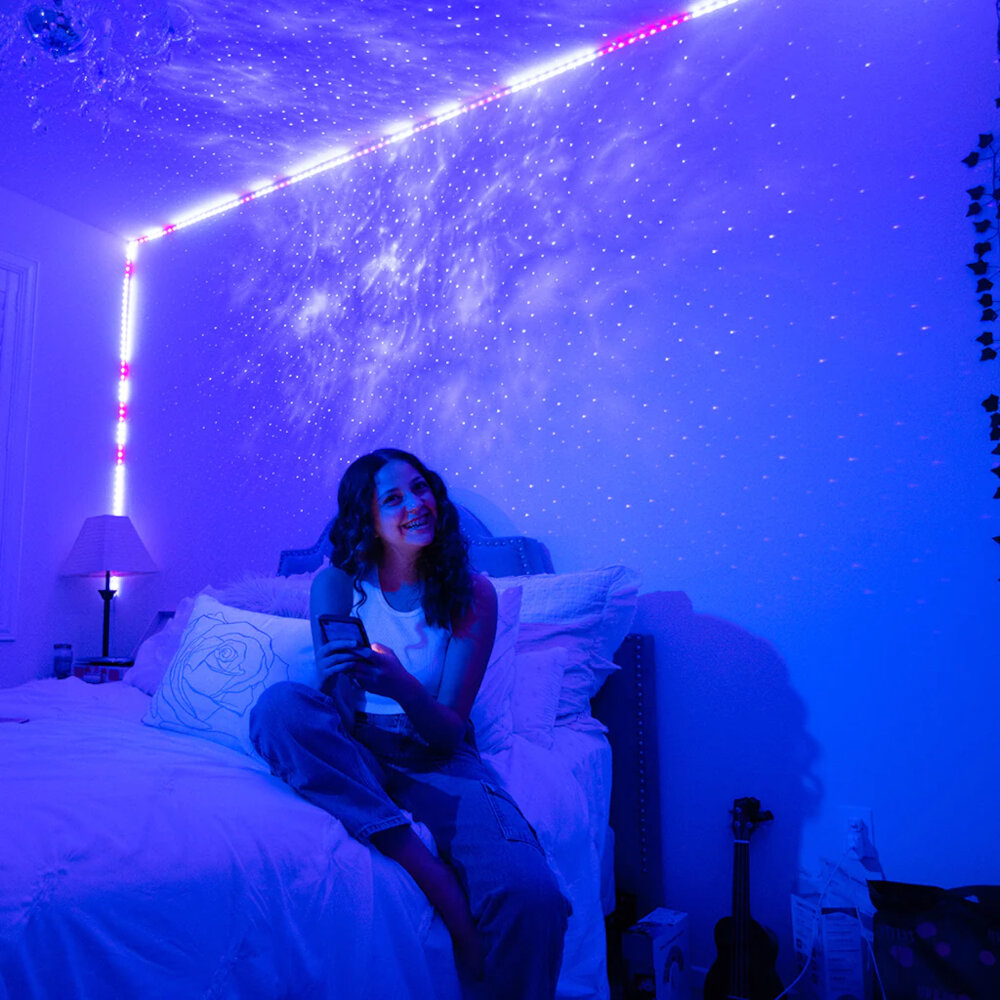
In conclusion, concealing LED light strips on your ceiling is a great way to add a touch of elegance and sophistication to your living space. With these 5 genius ways, you can easily and creatively hide your LED light strips, giving your room a beautiful glow from above. From using crown molding to installing a drop ceiling, there are multiple options to choose from, depending on your style and budget. So, don’t hesitate to experiment and try out new ways to conceal your LED light strips and transform your home into a cozy and inviting haven.

